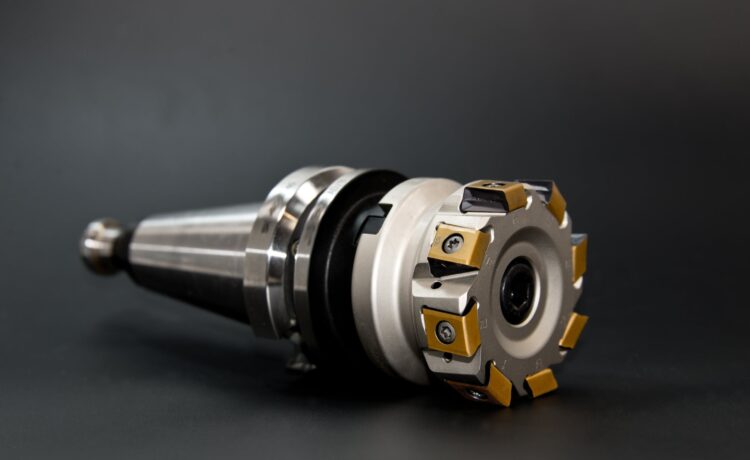Machining touches on a wide variety of processes and materials. In the simplest form, machining involves the used of a certain tool to create or alter a certain workpiece to achieve the desired shape.
Some of the materials used include acrylic sheets, wood and somesome types of metals. However, various machining types exist, each with a specific job.
- Chemical Machining
Processes including metal etching and photo-chemical machining can be referred to as chemical machining.
In the latter, the process can be applied to items such as metal spacers and gaskets among other numerous aerospace components.
On the other and photo-chemical machining (PCM) is used on a variety of alloys and metals, typically less than 0.100 inches in thickness. This process is used in producing various products as well as prototypes including laser mirrors, screened meshes and linear encoders.
Some of the materials used in this process include aluminum, copper, bronze, brass and stainless steel. In addition, chemical machining can offer other services such as precision engraving, computer numerical control and other customized processes as specified by the client.
In general, chemical machining has the ability to produce items which can withstand harsh conditions.
- Electrical Discharge Machining
As the name suggests, this type of machining uses electricity to alter a certain component or shape into a desired piece. This type of machining has two categories:
- The Wire EDM – This type involves using a brass wire which is inserted in the component. Afterward, the component is immersed in a dielectric fluid which is connected to electricity. When the power goes through the dielectric fluid, it induces an electrical discharge.
- Sinker EDM – In this type, both the electrical source, also known as the electrode, and the component are immersed in an insulating fluid which is connected to power. Afterward, both components are moved closer to each other causing the power source to spark, thus cutting through the component.
Its Applications
Some of the most common applications of EDM include developing specialized industry prototypes such as those used in the automobile and aerospace industries.
EDM can also be used in making small holes. Sinker EDM in particular is used in developing 3D geometrical patterns. In contrast, wire EDM can generate specific and highly specialized parts. However, you must go for trusted EDM machine brands if you want to achieve high precision.
- Screw Machining
To generate huge volumes of small metal parts, then you may want to opt for screw machining. Most of the screw machines are automated and can create turning parts including screws and threads.
Some of the processes involved in screw machining include:
- Form tooling
- Rotary broaching
- Threading
- Rotary transferring
Its Applications
Screw machining can be used to create huge volumes of parts which require intricate geometrical patterns. In addition, screw machining can work with a wide variety of metals.
- Conventional Machining
This type of machining refers to the manual machining process whereby an operator supervises the drill, mill and lathe process. In a computer numerical controlled process, a computer is used to control the processes instead of an operator. If you are in need of lathes you can check lathe for sale on the web.
Its Applications
The most common applications of conventional machining include drilling and milling. In addition, this machining process can be used on a host of materials including metals and wood.
Different machining methods have different applications. With this buying guide, you now have a checklist which you can use to identify the perfect machine for your preferred job.







